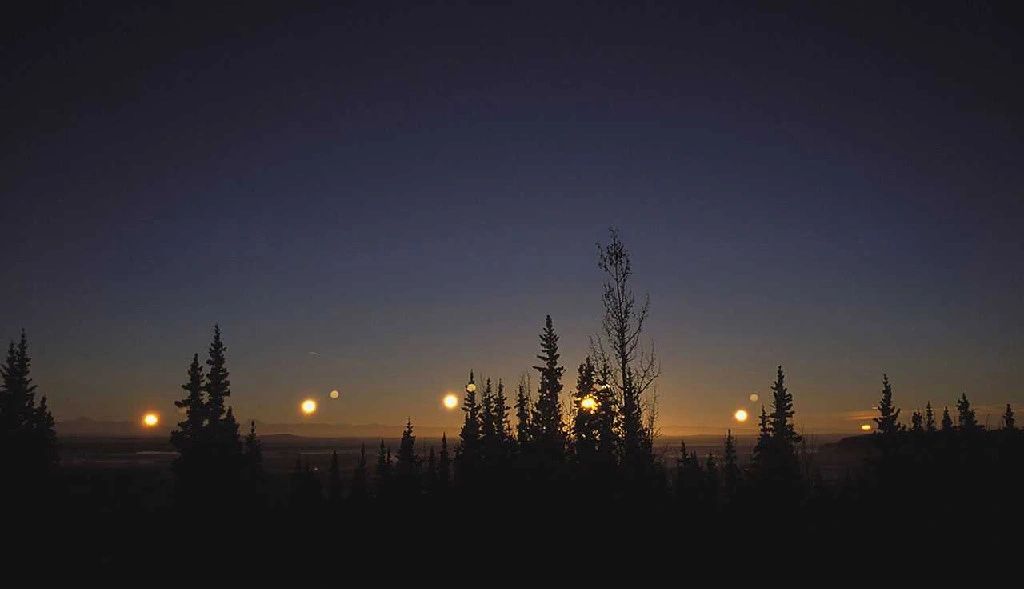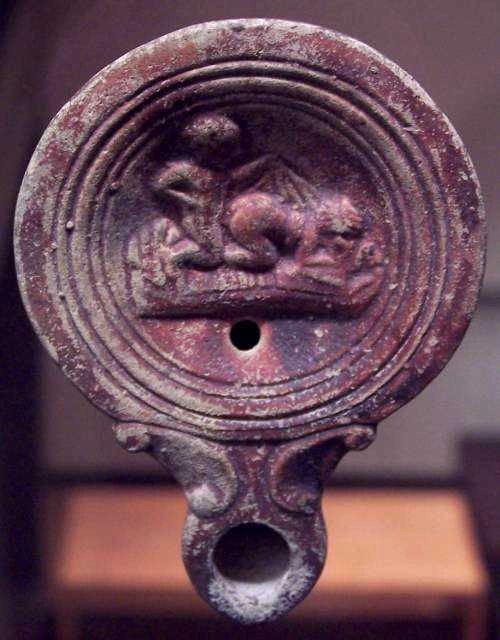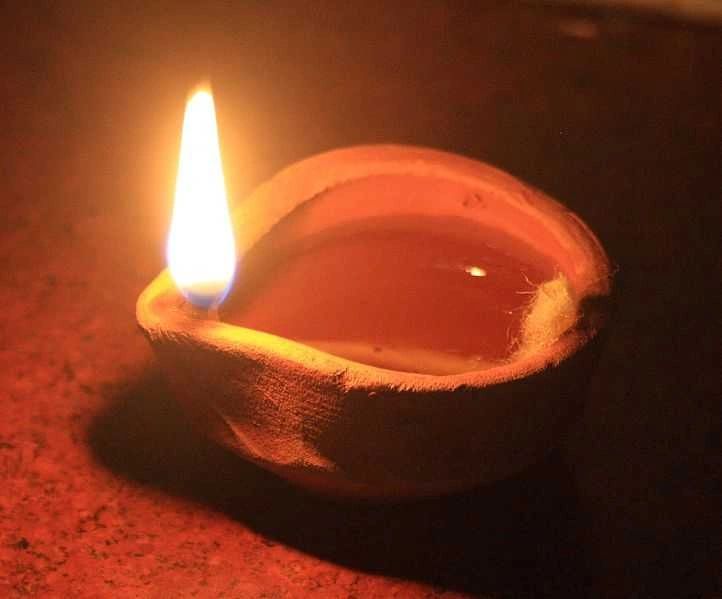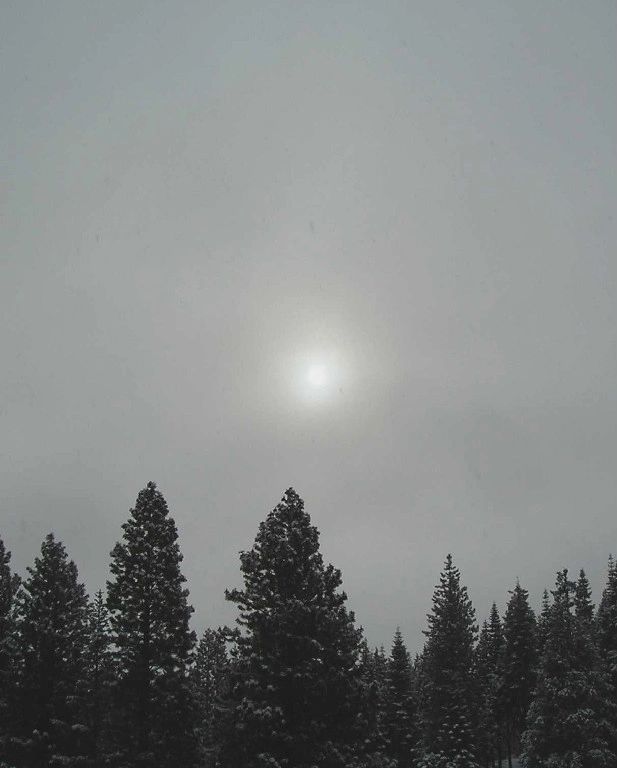
The Sun Returns
The Sun Returns 122610
There is more to Christmas than just marketing and sound bites. It isn’t even just about Jesus’ birthday (He was probably born in September), in fact the 25th of December became “Christ’s Mass” for the very symbolic reason that the festivals it replaced were celebrated then: it’s the Winter Solstice, the day, in the northern hemisphere, when the sun returns and days start to get longer.

Cool Photo from HERE
It’s easy to miss the importance of this, if we’re easily able to flip a switch to bring light, or run from a warm house to a warm car to go somewhere. That lavish use of energy is very recent, very uncommon in the world, and very likely to be short lived, unless we’re all saved by LEDs and renewable locally produced power.
Even though we can flip a switch, the symbolism of the sun returning is important even for us.
Recapture a little of that essential meaning by recalling that for those in the Northern Hemisphere, the sun determined everything. To be sure, humans have been able to make light in the darkness for a very long time; it is estimated that fire has been in wide spread use for at least 125,000 years.

Fire, heat and light
Even so, then, (and in some places, today) most fire was contained in fairly simple devices, most of which give light as well as heat. The more effective the fire container, the less light it emits, and so pitch or rush torches once made light slightly more moveable, but still rather hazardous for indoors use. Improved lighting allowed improved stoves, and the oil lamp is very old, dating back to paleolithic days, and began as a simple stone bowl to hold a wick of bark or plant fiber and whale, olive, or tallow oil. Even the Romans had little better lighting, and Europe nearly drove the whale to extinction in search of whale oil for lamps. Today, the oil lamp is still used in many parts of the world.

Roman oil lamp, complete with a little pornographic scene, from
Wiki. Please consider donating to wikipedia
But, oil wasn’t a cheap commodity, and it not only fuels lamps, it fuels our bodies. Many Americans have a problem with too much food, and too much fat, but that hasn’t traditionally been the case. The oil that made light at night was oil that wasn’t used for food, so burning oil isn’t really cheap.

A modern oil lamp from India; unchanged for nearly a hundred thousand years.
For much of human history, we shivered in the darkness. For much of human existence, and in some places today, the return of the sun means the return of light, warmth, and food.
If we lived in Europe, or even right here in California in the 1700s, the sun would be very important to us.
We might awaken at 6:00 AM in early December with the air brittle and the cold moon on snow outside, and lay in our beds, balancing the need to pee with the likelihood of remaining cold even after climbing back in the covers. There is too little light to see by, and the fire, only embers. The waning months of the sun have been long; the cupboard is getting slender, with the apples and carrots and cabbages half gone, and more food months and months away.

The days turning and getting longer again on the Solstice was the promise of light, and warmth, by and by rain instead of snow, and grass and budding trees and lambs and calves and plenty.
Today, we can flip a switch and flood the house with light, but the idea of the return of plenty and the symbolism of hope is something we can still use. Times are hard for lots of people, and who knows when they’ll get better again. There’s little point to following economic analysts, they can scarcely predict what’s already happened.
We’re as well of to simply hope, and to remind ourselves of the return of the sun, and the promise of spring, even though it’s still months away.

There is more to Christmas than just marketing and sound bites. It isn’t even just about Jesus’ birthday (He was probably born in September), in fact the 25th of December became “Christ’s Mass” for the very symbolic reason that the festivals it replaced were celebrated then: it’s the Winter Solstice, the day, in the northern hemisphere, when the sun returns and days start to get longer.

Cool Photo from HERE
It’s easy to miss the importance of this, if we’re easily able to flip a switch to bring light, or run from a warm house to a warm car to go somewhere. That lavish use of energy is very recent, very uncommon in the world, and very likely to be short lived, unless we’re all saved by LEDs and renewable locally produced power.
Even though we can flip a switch, the symbolism of the sun returning is important even for us.
Recapture a little of that essential meaning by recalling that for those in the Northern Hemisphere, the sun determined everything. To be sure, humans have been able to make light in the darkness for a very long time; it is estimated that fire has been in wide spread use for at least 125,000 years.

Fire, heat and light
Even so, then, (and in some places, today) most fire was contained in fairly simple devices, most of which give light as well as heat. The more effective the fire container, the less light it emits, and so pitch or rush torches once made light slightly more moveable, but still rather hazardous for indoors use. Improved lighting allowed improved stoves, and the oil lamp is very old, dating back to paleolithic days, and began as a simple stone bowl to hold a wick of bark or plant fiber and whale, olive, or tallow oil. Even the Romans had little better lighting, and Europe nearly drove the whale to extinction in search of whale oil for lamps. Today, the oil lamp is still used in many parts of the world.

Roman oil lamp, complete with a little pornographic scene, from
Wiki. Please consider donating to wikipedia
But, oil wasn’t a cheap commodity, and it not only fuels lamps, it fuels our bodies. Many Americans have a problem with too much food, and too much fat, but that hasn’t traditionally been the case. The oil that made light at night was oil that wasn’t used for food, so burning oil isn’t really cheap.

A modern oil lamp from India; unchanged for nearly a hundred thousand years.
For much of human history, we shivered in the darkness. For much of human existence, and in some places today, the return of the sun means the return of light, warmth, and food.
If we lived in Europe, or even right here in California in the 1700s, the sun would be very important to us.
We might awaken at 6:00 AM in early December with the air brittle and the cold moon on snow outside, and lay in our beds, balancing the need to pee with the likelihood of remaining cold even after climbing back in the covers. There is too little light to see by, and the fire, only embers. The waning months of the sun have been long; the cupboard is getting slender, with the apples and carrots and cabbages half gone, and more food months and months away.

The days turning and getting longer again on the Solstice was the promise of light, and warmth, by and by rain instead of snow, and grass and budding trees and lambs and calves and plenty.
Today, we can flip a switch and flood the house with light, but the idea of the return of plenty and the symbolism of hope is something we can still use. Times are hard for lots of people, and who knows when they’ll get better again. There’s little point to following economic analysts, they can scarcely predict what’s already happened.
We’re as well of to simply hope, and to remind ourselves of the return of the sun, and the promise of spring, even though it’s still months away.

